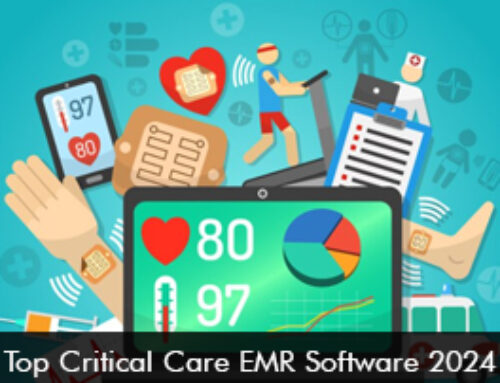The healthcare environment in the United States is experiencing a significant digital revolution, with the complicated world of Electronic Health Records (EHRs) and the rules controlling their interoperability at the center of this transformation. Policies governing EHR interoperability have emerged as a critical pillar in the effort to enhance patient care, streamline healthcare operations, and promote data sharing among healthcare providers and organizations. We begin on a trip in this thorough study to untangle the complexities of EHR interoperability rules, their relevance, present trends, and their tremendous influence on the future of healthcare data sharing in the United States.
The Foundation of EHR Interoperability Policies
- EHR Interoperability Policies are the building blocks of a secure data exchange system, defining the rules for healthcare systems to communicate safely and effectively.
- They establish standardized formats and procedures to ensure that healthcare systems can understand and share data uniformly, promoting consistency and clarity in data exchange.
- These policies prioritize improved data access, allowing healthcare providers to retrieve complete patient records for better coordination and more informed treatment decisions.
- EHR Interoperability Policies focus on putting patients at the center, giving them control over their health data and the ability to securely share information with their chosen healthcare providers.
Understanding Interoperability
- Interoperability, in the context of EHRs, refers to the ability of different EHR systems and healthcare providers to exchange and use patient health information seamlessly.
- This is facilitated through shared standards and protocols.
Significance of Interoperability Policies
- Interoperability policies have gained prominence due to their role in ensuring that patient data can be accessed and utilized when and where it is needed.
- The absence of interoperability can lead to fragmented care and hinder the ability of healthcare providers to make informed decisions.
The Journey to Interoperability
The Evolution of EHRs
- Since its beginnings, EHR systems have progressed from independent, segregated solutions to networked platforms that may ease data sharing.
- Technological breakthroughs and regulatory shifts have characterized the path to interoperability.
Legislation and Regulation
Government initiatives and regulations, such as the Health Information Technology for Economic and Clinical Health (HITECH) Act, the 21st Century Cures Act, and the Office of the National Coordinator for Health Information Technology (ONC) interoperability rules, have played a pivotal role in driving interoperability in the healthcare sector.
The Impact on Healthcare
Improved Patient Care
- Interoperability policies have paved the way for improved patient care. Healthcare providers can access a patient’s complete medical history, regardless of where they received care.
- This reduces duplication of tests and treatments and enhances care coordination.
Data Security and Privacy
Interoperability policies also address data security and privacy concerns. Patients’ sensitive health information is safeguarded, and access is restricted to authorized users, ensuring data integrity.
Current Trends in EHR Interoperability
FHIR (Fast Healthcare Interoperability Resources)
FHIR is an emerging standard that aims to make healthcare data more accessible and exchangeable. It has gained traction for its potential to streamline interoperability.
Patient Access and Control
Interoperability policies are increasingly focused on giving patients greater control over their health data. This empowers individuals to share their information with the healthcare providers of their choice.
The Future of Healthcare Data Exchange
AI and Predictive Analytics
The future of EHR interoperability policies may involve the integration of artificial intelligence and predictive analytics to enhance data analysis, diagnosis, and treatment planning.
Telemedicine and Remote Monitoring
As telemedicine gains prominence, interoperability policies will need to adapt to support remote monitoring and virtual consultations while maintaining data security.
EHR interoperability standards are more than simply rules; they are the catalysts for a new age in healthcare. They have ushered in an era in which patient data may be effortlessly transferred across healthcare providers, increasing patient care and boosting data security. EHR interoperability standards will change as technology advances, ensuring that the promise of a connected, data-driven healthcare future is fully fulfilled. This continuous journey will change the healthcare landscape for many years to come, with patient-centered, efficient treatment becoming the new norm.







